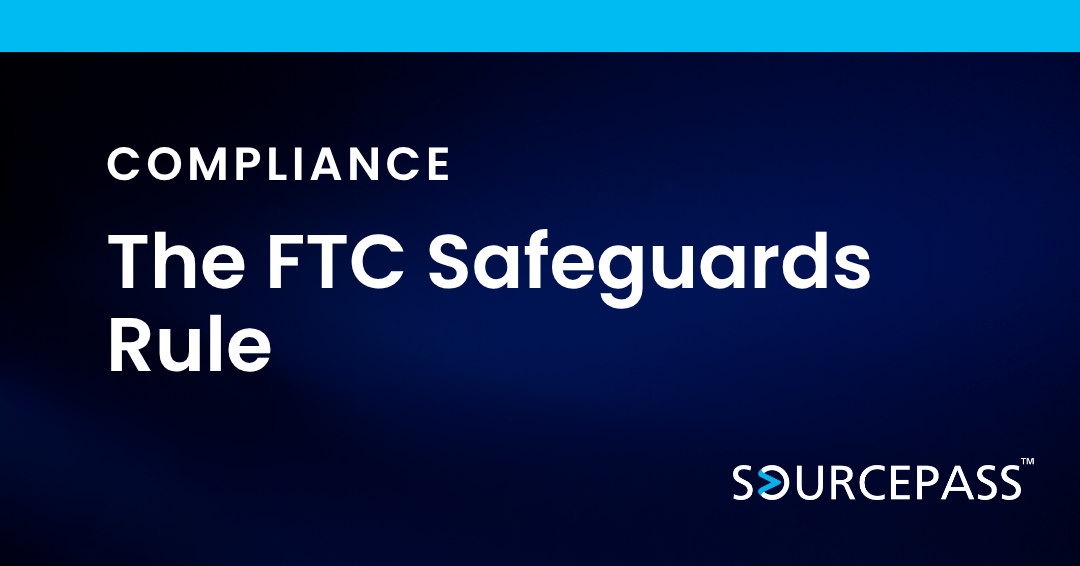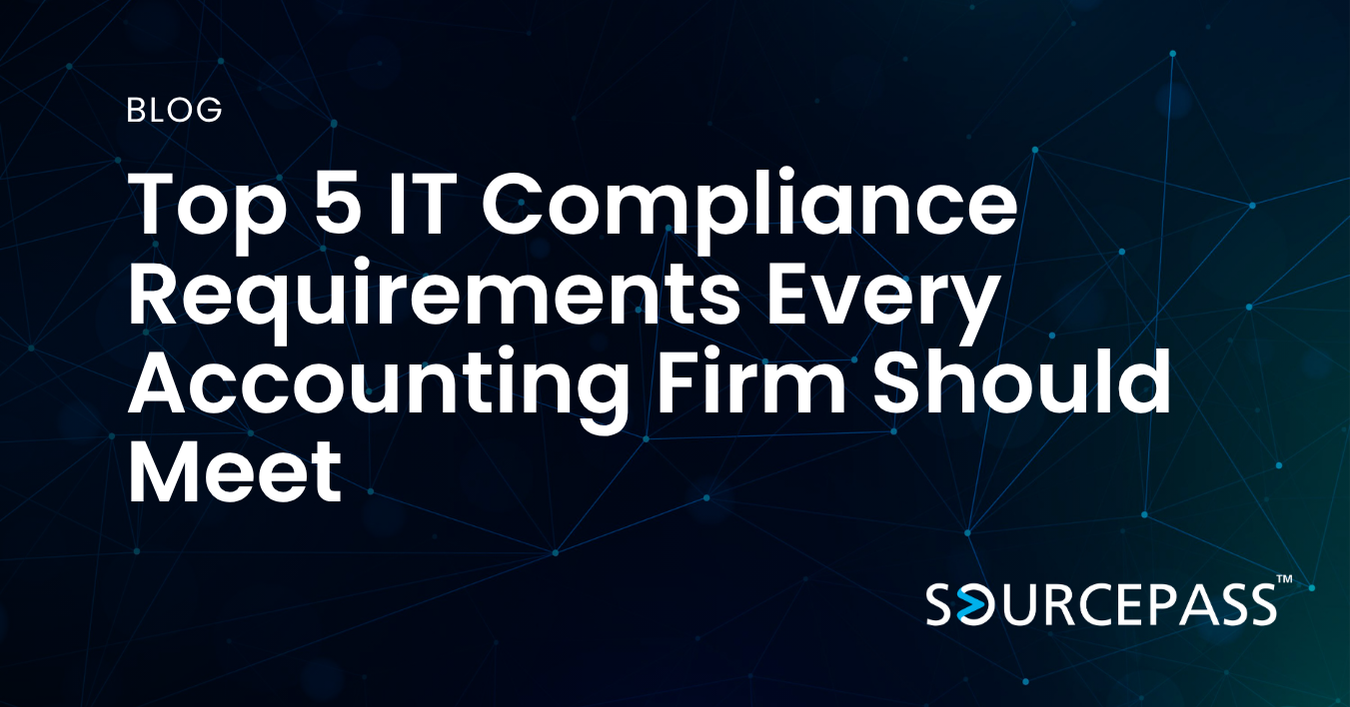The FTC Safeguards Rule: What It Is, Who It Affects, and How to Stay Compliant
Jul 09, 2025 Alex Davis Compliance Regulations 2 min read



As cybersecurity threats continue to evolve, organizations handling sensitive consumer data must strengthen their security posture to mitigate risks. One key regulation in this landscape is the Federal Trade Commission (FTC) Safeguards Rule. Originally established under the Gramm-Leach-Bliley Act (GLBA), this rule mandates that financial institutions implement safeguards to protect customer information. Recent amendments have expanded its reach and refined compliance requirements, making it crucial for IT and cybersecurity professionals to stay informed.
What Is the FTC Safeguards Rule?
The FTC Safeguards Rule is part of the GLBA, which governs how financial institutions must handle customer data. It requires organizations to develop, implement, and maintain a comprehensive information security program designed to protect consumer information against unauthorized access, use, or disclosure.
Industries Affected by the FTC Safeguards Rule
While the term "financial institutions" might seem to suggest banks and credit unions, the rule applies more broadly. Industries affected include:
- Mortgage brokers
- Investment advisors
- Tax preparation firms
- Credit counseling services
- Debt collection agencies
- Any business that handles consumer financial information as part of its operations
Compliance Requirements and Key Components
Organizations subject to the Safeguards Rule must establish a security program that includes the following core components:
1. Designating a Qualified Individual
A designated person, whether in-house or a third-party provider, must be responsible for overseeing and implementing the information security program.
2. Conducting a Risk Assessment
Organizations must identify foreseeable risks and vulnerabilities to customer data and assess the adequacy of existing safeguards.
3. Implementing Safeguards to Mitigate Risks
Companies must adopt security measures that address identified risks, including:
- Access controls to limit who can view sensitive data
- Multi-factor authentication (MFA) for secure system access
- Encryption of customer data, both in transit and at rest
- Secure software development practices
- Regular system monitoring and logging
4. Regularly Monitoring and Testing Safeguards
IT teams must continuously evaluate security measures through:
- Vulnerability assessments
- Penetration testing
- Regular audits
5. Training Staff
Employee training programs must be in place to educate personnel on cybersecurity best practices and potential threats, such as phishing and social engineering.
6. Service Provider Oversight
Businesses must ensure that third-party vendors handling customer information also comply with the Safeguards Rule by vetting providers and incorporating security expectations into contracts.
7. Incident Response Planning
A written incident response plan is required to ensure that the organization is prepared to detect, respond to, and recover from data breaches or security incidents.
8. Regular Updates to the Security Program
Cyber threats and business operations change over time, so organizations must continuously update their security programs to remain effective.
How IT and Cybersecurity Professionals Can Help with Compliance
For IT and cybersecurity teams, compliance with the FTC Safeguards Rule means implementing technical controls, conducting risk assessments, and enforcing security best practices. Some key steps include:
- Ensuring network and endpoint security with firewalls, intrusion detection systems, and endpoint protection solutions
- Deploying encryption for sensitive data storage and transmission
- Establishing identity and access management (IAM) protocols
- Automating security monitoring to detect anomalies in real-time
- Developing and testing an incident response plan
- Educating employees on cybersecurity hygiene and threats
The Bottom Line
The FTC Safeguards Rule is more than just a regulatory requirement—it’s a framework for strengthening data security in an increasingly hostile cyber landscape. Businesses subject to the rule must proactively implement safeguards to protect consumer information, and IT and cybersecurity teams play a crucial role in ensuring compliance. By adopting best practices and leveraging the right security tools, organizations can not only meet regulatory obligations but also build trust with their customers by safeguarding their sensitive data.
Subscribe To
Sourcepass Insights
Sourcepass Insights
Stay in the loop and never miss out on the latest updates by subscribing to our newsletter today!
.png?width=500&height=100&name=White%20Logo%20-%20Transparent%20Tag%20(3).png)



